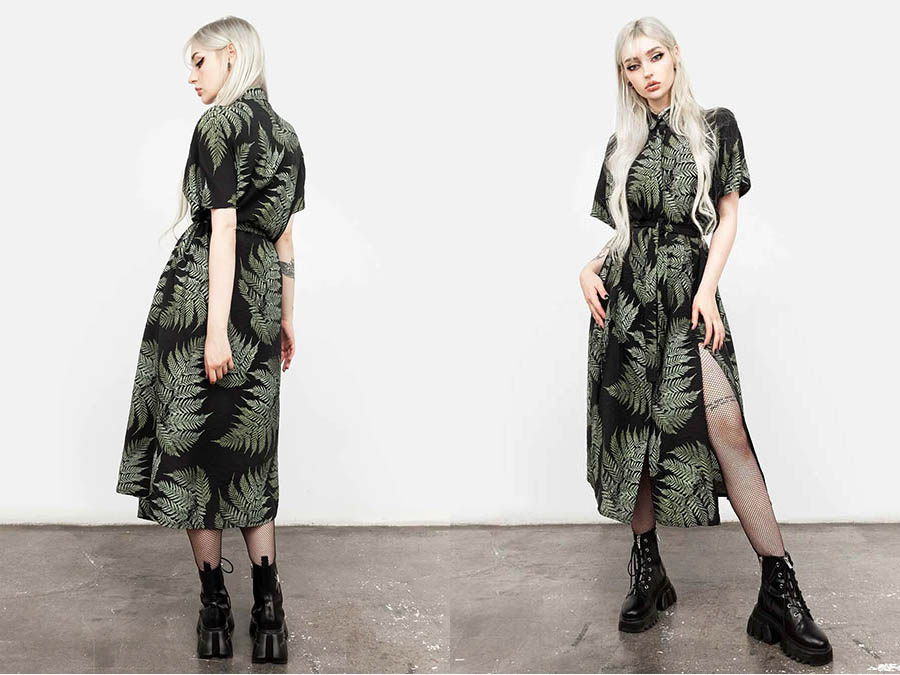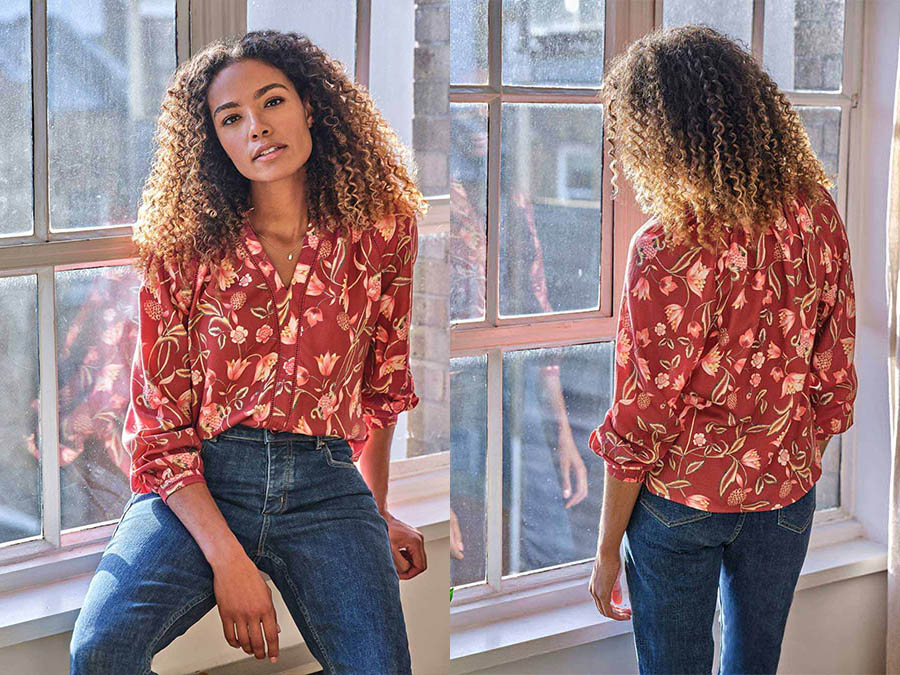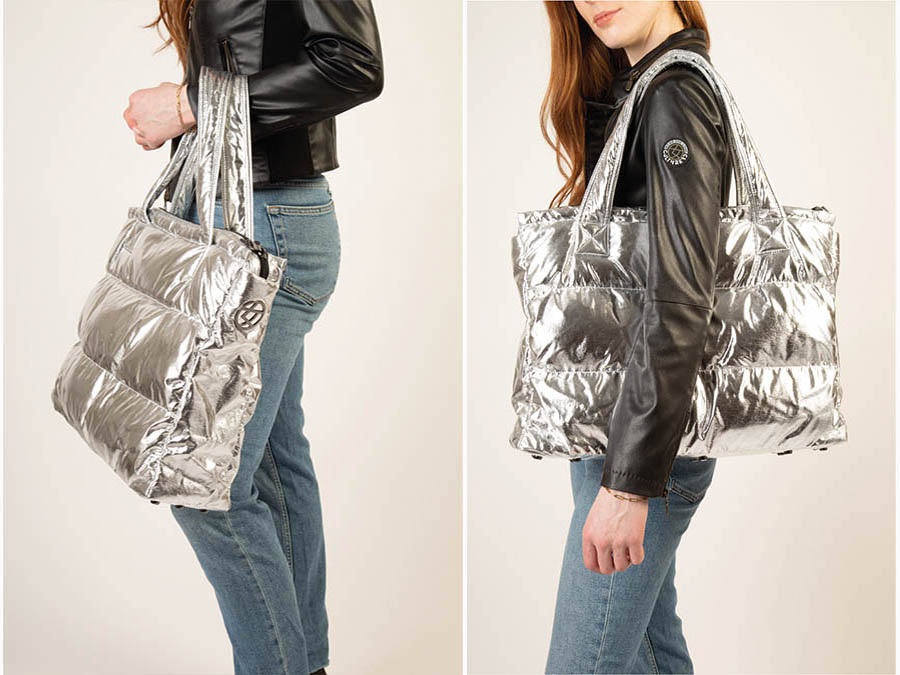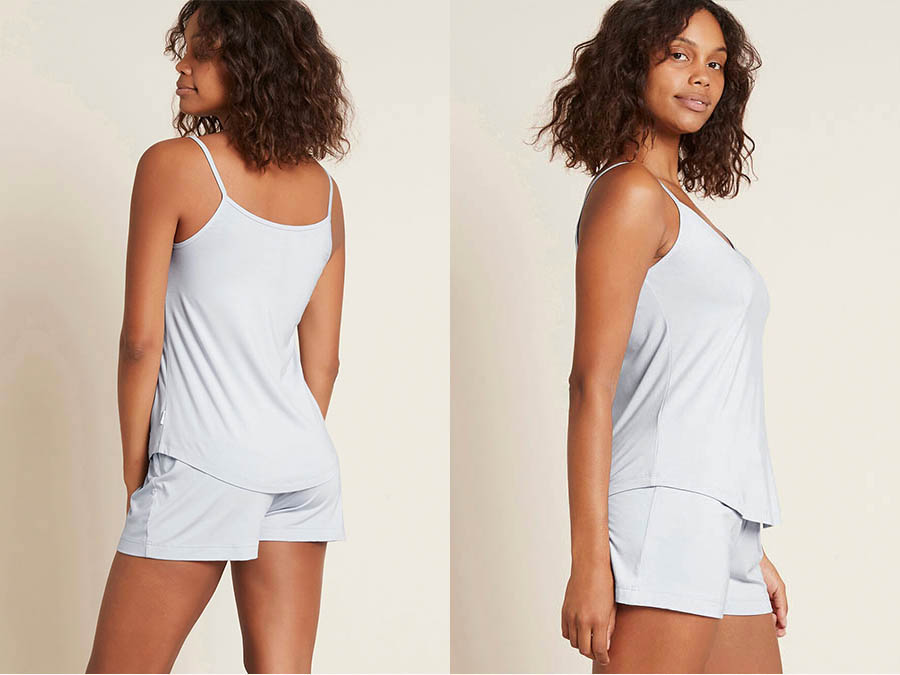Alternative Textiles for Sustainable Clothing
Exploring alternative textiles for sustainable clothing involves considering materials that have lower environmental impact, are ethically produced, and offer viable alternatives to conventional fabrics.
Here at Sustainablefashion.ie are 12 ways to approach the search for alternative textiles.
1. Look Towards Natural Fibers
- Organic Cotton: Produced without synthetic pesticides or fertilizers, organic cotton reduces environmental impact.
- Hemp: Grows quickly without the need for pesticides and requires less water than traditional crops.
- Bamboo: A fast-growing plant that requires minimal water and no pesticides, although processing methods can vary in terms of sustainability.
2. Regenerative Agriculture
Look for materials sourced from regenerative agriculture, a farming approach that aims to restore soil health and biodiversity.
3. Recycled Fibers Are Great
- Recycled Polyester: Made from post-consumer plastic bottles, turning waste into new fabric.
- Recycled Cotton: Derived from post-industrial or post-consumer cotton waste, reducing the need for virgin cotton production.
- Rayon: Rayon is a synthetic fiber made from natural sources, primarily wood pulp. It is often considered a semi-synthetic or regenerated cellulose fiber because it undergoes a process to convert plant-based cellulose into a usable fiber. The process involves dissolving cellulose from wood pulp in chemicals, then extruding or spinning the resulting solution into fibers. Check out this featured Rayon dress from Disturbia.
4. Plant-Based Synthetics a Good Choice
- Piñatex (Pineapple Fibre): Made from pineapple leaf fibers, offering a cruelty-free alternative to leather.
- Mushroom Leather (Mycelium): Emerging as a sustainable alternative to traditional leather, mycelium-based materials are biodegradable.
5. Upcycled Materials are Best
Utilise reclaimed or upcycled fabrics from post-consumer textile waste to reduce the demand for new raw materials.
6. Bio-Fabrication
Explore textiles created through bio-fabrication techniques, such as lab-grown materials or those produced from bacteria or yeast.
7. Vegan Alternatives are Plentiful
Consider alternatives to animal-derived materials, such as synthetic leathers, plant-based suede, or fabrics made from recycled materials.
8. Closed-Loop Systems
Choose materials produced within closed-loop systems, where the production process minimizes waste and recycles resources.
9. Opt for Low-Impact Dyes
Opt for textiles dyed with low-impact or natural dyes to reduce the environmental impact of the dyeing process.
10. Certifications are Key
Look for certifications such as Global Organic Textile Standard (GOTS) or OEKO-TEX Standard 100 to ensure that the materials meet specific environmental and social criteria.
11. Look Towards Local and Sustainable Sourcing
Prioritise materials sourced locally to reduce transportation-related carbon emissions and support local economies.
12. Consumer Education is Vital
Raise awareness among consumers about the environmental impact of different fabrics and the importance of making sustainable choices.
And Finally
By considering these aspects, designers, manufacturers, and consumers can contribute to the promotion and adoption of alternative textiles for sustainable clothing, thus helping to reduce the environmental footprint of the fashion industry






